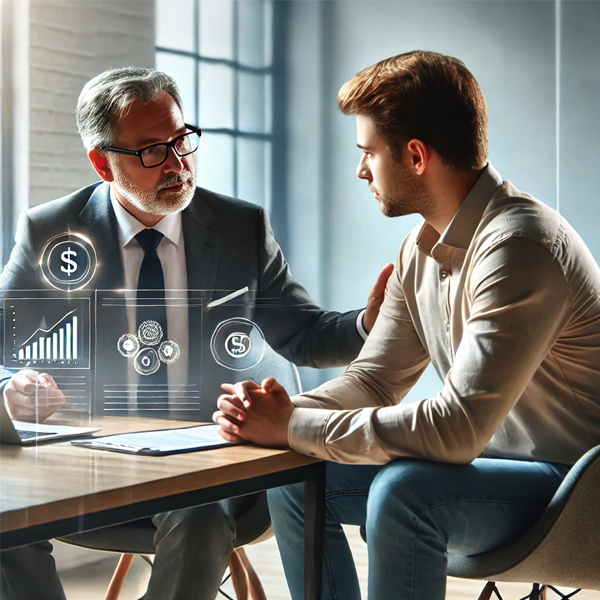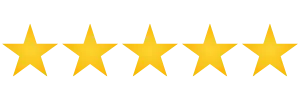Focus on your business
DTax Strategy for Your Sales Message
Technology and minim veniam, quis nostrud exercitation commodo irure dolor in reprehenderit proident, sunt culpa officia deserunt.

IMPORTANT MESSAGE:
Due to high demand, the equipment rental platform is sold out for 2025. If you would like to be the first to find out when the program reopens in 2026, please click the "Apply Now" button.
How does the
equipment leasing strategy stack up to investing in real estate?

Dwight Howard
Lorem ipsum dolor sit amet onsectetur adipiscing elit, sed do eiusmod tempor incididunt ut labore.
FOUNDER

Emma Johnson
Lorem ipsum dolor sit amet onsectetur adipiscing elit, sed do eiusmod tempor incididunt ut labore.
PROJECT MANAGER

Emma Johnson
Lorem ipsum dolor sit amet onsectetur adipiscing elit, sed do eiusmod tempor incididunt ut labore.
PROJECT MANAGER
Ready to get started?
next steps
Start saving money

After the equipment purchase is completed, half of the advisory fee will be refunded within 2 months.
Option 1
Advisory fee
Total value: $5,297
Today Just $1,898

Option 2
Advisory fee + LLC formation
Total value: $7297
Today Just $2,898

Equipment Leasing FAQ’s
What types of income can be offset?
You can offset W2 income, business income (Schedule C and K1), and capital gains. Keep in mind that losses applied to W2 income are subject to business loss limits. For 2025, the limits are $313,000 for single filers and $626,000 for married couples filing jointly.
What are examples of material participation?
To deduct depreciation losses from your active income, you need to participate in the activity.
Here are some ways you can participate:
1. Every week, you’ll receive an email to opt in for renting your equipment. Replying back to opt in shows you participate on a regular and consistent basis.
2. Check your equipment via your dashboard for 5-10 minutes each morning.
3. Visit the locations where your equipment is kept. Your equipment might be spread across different states, giving you a variety of places to visit.
4. The time spent researching and deciding to start your short term equipment business counts.
5. Attend the annual owner event hosted by the rental platform.
What kind of equipment am I purchasing?
The equipment will most likely be aerial lift systems which include telehandlers, telescopic booms and scissor lifts.
What happens if my equipment doesn't rent?
If the rental company hits their monthly rental cap, the revenue gets shared among all equipment owners. This cap is usually reached within the first 2 weeks of the month. Even if your equipment doesn’t rent, you’ll still get your share of the revenue.
Do I share in the ownership of the equipment?
No, the equipment is individually owned, only the revenue is shared. You will receive a sales order that lists your equipment information, including the serial number.
Do I need insurance?
You’ll be added as an additional insured on the rental platform’s policy, so no extra insurance is needed.
What qualifications are the lenders looking for?
Generally, the lenders would like you to have 3X the net worth as the amount of equipment and 3X liquid capital of the down payment amount. For example, if you’re buying $1 million, your net worth should be $3 million and have $300,000 of capital on hand.
Are there any other ongoing costs I should be aware of?
The cost of maintenance, insurance and managed fee have all been taken out of the monthly rental income when it is deposited. The only other thing you need to do is make your loan payment.
What happens if my equipment is damaged while on rent?
When the renter comes in, they have to have insurance to cover the equipment or they have an option to buy EquipmentShare's insurance. If something happens to the equipment, it would be covered under one of those 2 policies.
Can I pay cash for the equipment?
Yes, you can pay cash. However, one of the main benefits is using leverage. Most banks only require a 10% down payment, which allows you to buy more equipment or invest your remaining funds elsewhere for a better return.
Can I choose where my equipment is located?
The platform tries to place your equipment in areas you prefer, but it ultimately depends on where the rental company needs it to meet customer demand. As we get closer to the end of the year, we’re hopeful there is still equipment available.
Can I use my own bank to finance the equipment?
Yes, you can use your own bank, but they need to agree to specific loan terms in order for the program to function properly. The loan should be on a 10-year amortization schedule with the current interest rate.
What happens if the economy crashes and no one rents the equipment?
During economic downturns, contractors are more likely to rent equipment instead of buying it. To just cover your loan payment, the utilization rate would need to drop to 43%. For example, during the 2008 recession, United Rentals’ utilization rate dropped to 53%.
What happens if EquipmentShare goes out of business?
With over 300+ locations, EquipmentShare is the 4th largest rental company in the U.S. and has plans on going public in the next 6 to 12 months. In 2024, their gross revenue was almost $4 billion. In the unlikely event of them going out of business, the equipment rental platform would have to find another rental company to move the fleet to. The owners of the rental platform own over $100 million of equipment personally so I am confident they will find a solution.
How much rental income will I receive in the first month?
The rental income for the first month is prorated based on when you close on your purchase. You’ll receive the full rental income starting in the second month, and that payment will be made in the third month.
When is the rental income paid?
The rental income is deposited between the 20th and 25th of each month.
How much will I receive when the equipment is bought back?
The equipment will be bought back at the end of year 6. Typically, the buyback occurs at the year 6 mark. The equipment is bought back for 56% of the purchase price. There is around 49% remaining on your loan. You will receive the difference which ends up being your initial capital plus a little extra.
Will I owe taxes when the equipment is bought back?
Because the equipment is bought back at 56% of the purchase price, you will have to claim that amount as ordinary income. To offset this, you can buy more equipment or use a different strategy. In essence, you have deferred 56% of the taxes for 6 years and 44% is free from taxes.
Why does the equipment platform charge a 3% platform fee?
The platform fee is charged based on the purchase amount. It is per purchase and not an annual fee. It covers administrative costs, maintains the platform, and ultimately helps to keep their lights on. The platform fee is a deductible expense to your business. Some banks might roll the platform fee into the loan, however, this will increase your loan payment and decrease the return on your investment.
What are the typical taxes, licenses, registrations?
There are no licenses or registration fees. There could be some taxes at the state level. For example, in TN there is an indebtedness tax when financing equipment that will be rented. It's only a few hundred dollars paid at the time of closing on the loan. Check with your state for more information.
Has the payment ever been under the target amount?
In my personal experience, the rental amount has always been to the penny what I am expecting each month. Over the course of the 10 years of the program, EquipmentShare has always paid what they were supposed to pay.
If an equipment defect is reported, who pays for inspection/repairs and downtime?
The equipment is new or newish so many times the manufacturer warranty would cover defects. Ultimately, EquipmentShare has agreed to maintain the equipment over the 6 year period so they would be responsible for covering repairs. Because of the revenue share agreement, the downtime wouldn't matter as long as the overall revenue target is hit. The revenue target is usually reached within the first 2 weeks of the month.
Who has final approval on the equipment I buy, and what criteria determine “underperforming” or “excessive repairs”?
Once you are approved for the loan, you will receive a sales order listing the equipment. You would be the one to approve it. EquipmentShare is only going to allow equipment to be purchased that they have a need for. I wouldn't be concerned about excessive repairs because you're not going to pay for the repairs and that would only cost EquipmentShare more money since they are the ones repairing the equipment.
How long do I have to decide?
Because the inventory is limited to what EquipmentShare needs, the equipment rental platform sells out of equipment every year. If you have not started the process by mid-October, you will most likely be placed on a waiting list.
If I depreciate all of the equipment in year 1, what happens in the following years?
Your equipment rental business is a profitable business. In year 2 and beyond, you will most likely have a taxable gain after deducting the interest expense, the amortized platform fee, LLC renewal and other expenses. Most people purchase more equipment because they are in the same income situation year to year or use a different strategy to offset the gains. The equipment rental platform has a 95% renewal rate.

1409 NW Broad St, Murfreesboro, TN 37129
Copyrights 2025 | DWD Tax Strategies


